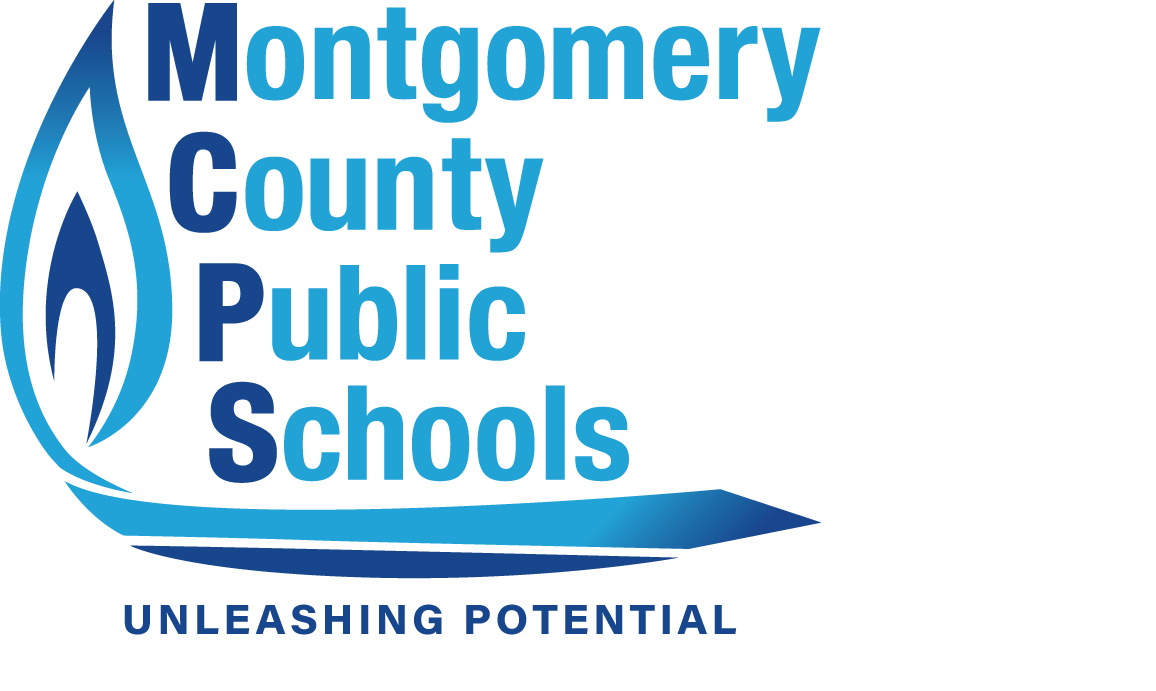AI: The Future

Hand touching brain of AI, Symbolic, Machine learning, artificial intelligence of futuristic technology. AI network of brain on business analysis, innovative and business growth development. From Unsplash
January 30, 2023
Do you ever question what exactly artificial intelligence (AI) is? Or how much power it holds in society today? From our cell phones, to smart assistants at home, to interactive machines, to self-driving cars, artificial intelligence is all around us. So it should come as no surprise that AI has taken over modern society and will continue to have transformative impacts on our futures.
Artificial Intelligence is the computer science study of human intelligence in machines, especially computer systems. AI abilities include speech recognition, decision making, visual perception, object identification, and many others; and they play an important role in many of our everyday routines. Asking Amazon’s Alexa to shuffle your playlist, arming the security system when you leave your home, and even unlocking your cell phone with facial recognition or a fingerprint are all done via artificial intelligence.
In the 20th century, science fiction brought on the concept of artificially intelligent robots through the idea of killer robots and humanoids found in films and stories. These ideas had people questioning whether or not they could actually exist– and this later birthed the idea of AI. According to Rockwell Anyoha’s “The History of Artificial Intelligence” blog from Harvard University, Alan Turing, a young British polymath who explored the possibility of AI, proposed that “humans use available information as well as reason in order to solve problems and make decisions, so why can’t machines do the same thing?” This question framed and paved the way for his 1950 paper “Computing Machinery and Intelligence,” which laid out his thoughts on AI and officially introduced his ideas to the world.
Artificial Intelligence primarily consists of a computer-controlled robot performing tasks that are typically done by humans or by mimicking human capabilities. AI researcher Vijay Kanade’s article “What Is Artificial Intelligence?” clarifies that AI emulates human thinking by “employing intelligent algorithms built into a dynamic computing environment.” These algorithms are created through data input, and later turned into complex computer systems with intellect high enough to resemble that of a human.
According to Kanade, artificial intelligence mainly works in five concrete steps: which include data input, processing, outcome, assessment, and adjustments. To start off, AI systems absorb data in different categories of speech, image, and text. They then process the data through the application of rules and algorithms that explicate, predict, and make decisions on the data input. After processing, the system delivers an outcome, which is either a success or a failure. Computer programmers then analyze, assess, and give feedback on the data input. If the system comes off as a failure, the data input is given another attempt, and if the system is a success, it moves on to the final step which are any needed adjustments. The AI system adjusts data as necessary, alters any rules and algorithms, and continues until the wanted outcome is reached.
Nowadays, AI plays a crucial role in the workfield and has made working processes much more efficient, ultimately changing the way work is attacked. With the rise in public health crises these past few years, AI has been playing a vital role in the human healthcare field, especially machine learning, which is one of the most common forms of AI in healthcare. The most frequent use of traditional machine learning is precision medicine, which has the ability to “predict what treatment procedures are likely to be successful with patients based on their make-up and the treatment framework” (“Artificial Intelligence (AI) In Healthcare”). This form of AI brings a great deal of advancement for many healthcare organizations as procedures are thoroughly examined, analyzed, and utilized to improve a patient’s health and potentially save one’s life.
As we all know, recent technological growth throughout the years has introduced the idea of self-driving cars, which were once a dream for the distant future; but thanks to AI, it is happening in the world today. In Wendy Gonzalez’s article “Three Ways AI is Impacting the Automobile Industry,” AI, specifically Tesla technology, “builds upon the company’s neural network technology, which analyzes road images to perform object detection and depth estimation.” Although accidents are inevitable on the roads, the AI in the car allows autonomously moving vehicles to move as safely as possible and alerts the driver to take heed when necessary.
With the increase in the utilization of artificial intelligence, there has been fear and anxiety regarding just how powerful AI will become someday. Some people fear that AI will replace workers in workfields, while others fear that AI will exert control and take over the world in the near future. There hasn’t been a unanimity on whether or not artificial intelligence will someday surpass human intelligence, but many are doubtful–as no matter how intelligent machines get, they will never be able to replace the human mind, the one that created them to begin with. Rather than viewing AI as some kind of hindrance or competition, people should embrace this mind-blowing technological advancement and sit back, and watch how AI will continue to flourish and bring societal change.













































